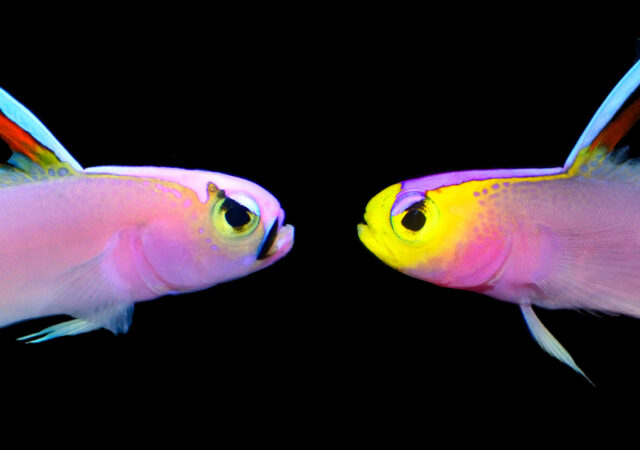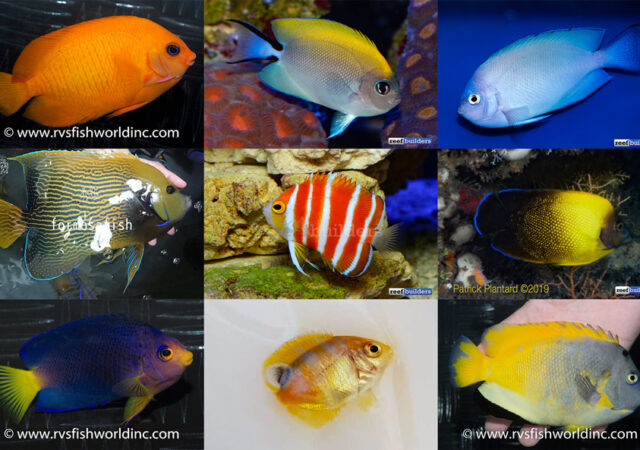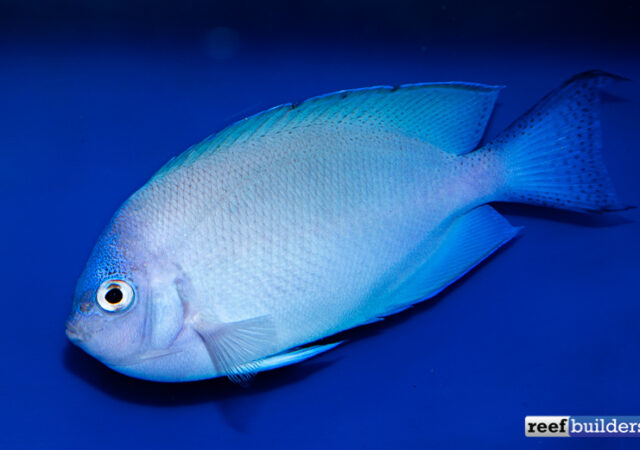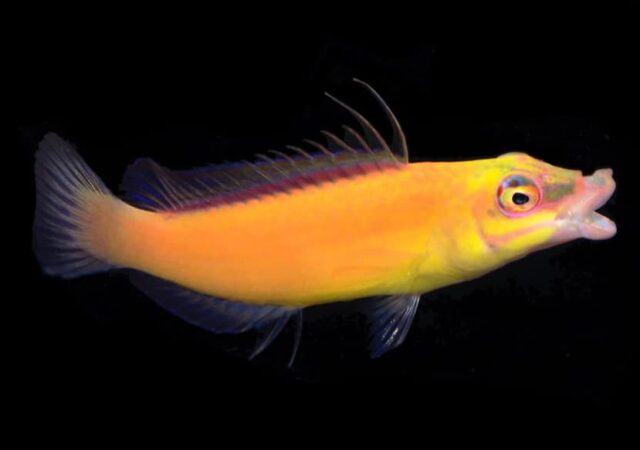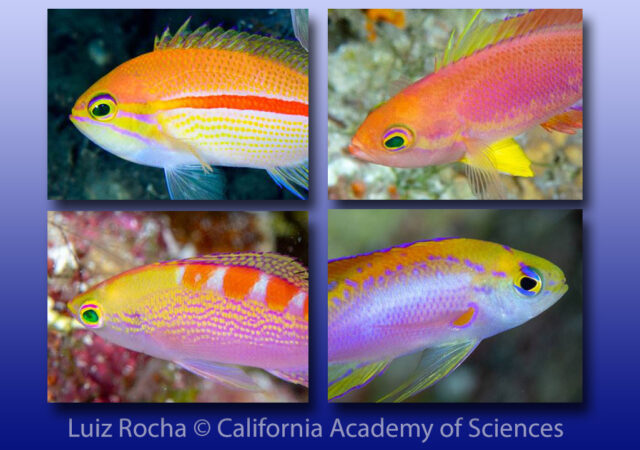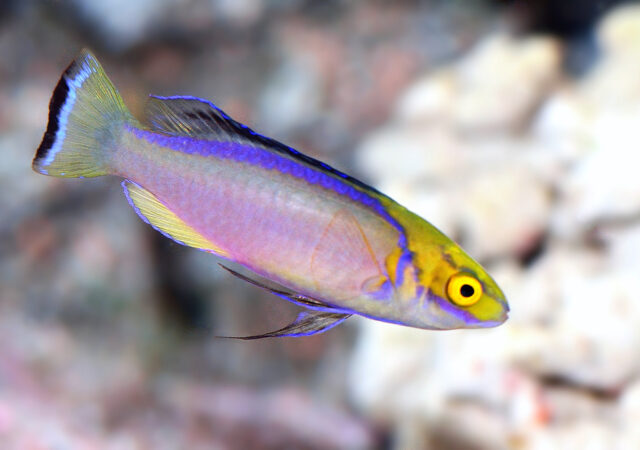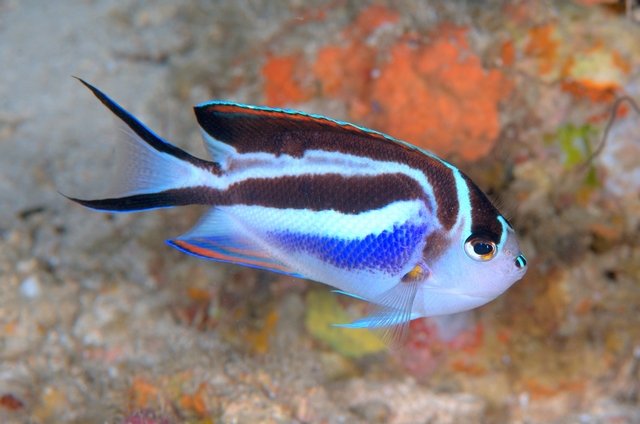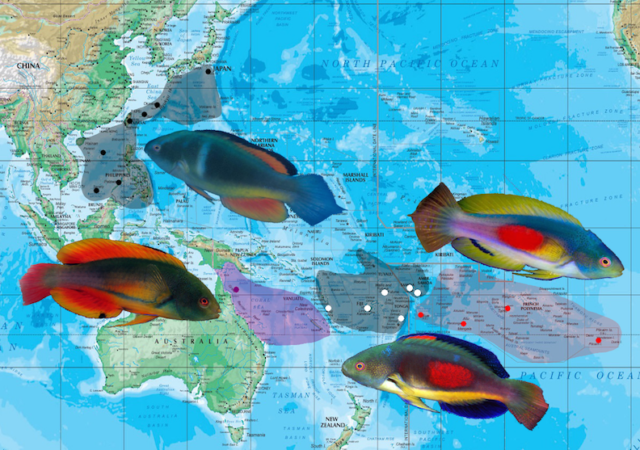The 19th century was a golden age for ichthyological exploration. It signified an era of what seemed like an endless slew of new discoveries, where even the most iconic and noble of species we know today were without names. Taxonomists…
Search Results For: cook islands
Top 10 Angelfish Stories of 2019
It’s no secret that marine angelfish are some of the highest profile pets for our saltwater and reef aquariums, and they are certainly among our favorite reef animals to write about. With a circumtropical distribution, their captive breeding breakthroughs, aberrations,…
The Peppermint Angelfish at LiveAquaria
What can we say about the peppermint angelfish today, that we haven’t covered in extensive and repeated articles about this illustrious species? Since 2006 we’ve taken every opportunity to bring you stories on our all-time favorite group of reef dwellers,…
The First Aquarium Pitcairn Angelfish is Ready for Prime Time
Pitcairn Island is one of the most pristine and remote marine environments and while it may be the namesake of Genicanthus spinus, thankfully this fish has been found somewhere a little more accessible. The single Pitcairn Angelfish specimen was collected…
Quality Marine Makes History With Uber Rare Pitcairn Angelfish
It has been an incredible couple of weeks for rare angelfish news but nothing can top the mind blowing collection of deepwater species that Quality Marine just received from the Cook Islands. Those of you up to date on your…
Pseudocheilinus citrinus, the First ‘Yellow Mystery Wrasse’ Enters the Aquarium Hobby
Pseudocheilinus citrinus is a gorgeous little wrasse from the south Pacific that is so rare we knew of only a few images of this fish until now. Iwarna Aquafarm, a Singapore based purveyor of rare fish from all over the…
Dr. Rocha is Treating us to some Delectable Anthias Photography
Anthias are the quintessential reef fish which can occur in huge schools on shallow sunlit reefs. But anthias are also quite common in deeper reefs as well, these being species we rarely get to see, unless deep diving collectors go…
A BlueHarbor bounty
Sometimes the hardest things in life isn’t about writing a captivating blog post, but coming up with a suitable title. Don’t let this curt, three worded headline fool you though. We’ve blogged about BlueHarbor’s cornucopia of rare fish so often…
Bellissima bellus: The biology and hybridization of Genicanthus bellus
The genus Genicanthus boasts of ten medium to large angelfish species that have evolved away from the regular substrate perusing stereotype. All members of this genus are rather streamlined, being longer than they are tall. Their caudal fins are festooned with…
2.1 Fairy Wrasses: The scottorum group
Moving away from the first major Cirrhilabrus clade, we explore the various species groups that differ by having larger and longer pelvic fins. The scottorum group is a small conglomeration of two confirmed species, one of which is highly polychromatic…


